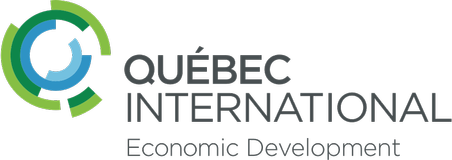Summary
In 2018, the Québec City census metropolitan area (CMA) continued its economic expansion for the 22nd year in a row. Good results were observed for the main indicators in the various sectors of the economy.
Gross domestic product (GDP), a major growth indicator, reached $35.8B in 2018, an annual increase above the 2% threshold for the second consecutive year. The labour market also speaks to the region’s success, with a historical high of 452,600 jobs. This performance was supported by all sectors and benefited every age category in the population. The Québec City CMA’s economic strength also influenced consumption, as retail sales grew at a higher rate than the province of Quebec and Canada, reaching $15.7B in 2018.
Investment reached unparalleled highs, mainly driven by the residential sector at $2.2B in 2018 (a 10.6% increase) and public investment at $1.9B. These levels contrast with those observed in machinery and equipment, where a downturn (1.3%) reminds us of the need for improving productivity in the region. In that regard, GDP per job remained relatively stable, reaching $79,115 in 2018.
The Québec City CMA retains its demographic weight (9.7%), behind the Montréal CMA (50.7%). This performance was supported by natural population increase and immigration. Although a decrease was observed in the former, it was compensated by the net migration of 5,631 people from 2017 to 2018, a 38% increase. Despite the population increase and the region’s attractiveness, businesses must manoeuvre in a context where certain types of workers are increasingly scarce, as suggested by the very low unemployment rate. The number of vacancies kept growing during this period, which proves the difficulties met by employers in the CMA.
Overall, the region is evolving in a context where many challenges must be faced, at home and abroad. For this reason, some analysts foresee a deceleration in growth next year. Labour scarcity, the digital revolution and the rise of protectionism are all challenges that the region will have to overcome in order to maintain its momentum.
Several solutions are already in place or being deployed in the area to deal with them, such as collaboration with local research centres, the implementation of innovative methods and reassessment of production methods. Moreover, the diversification of international markets remains valuable for businesses to take full advantage of the region’s competitive and supportive business environment.



